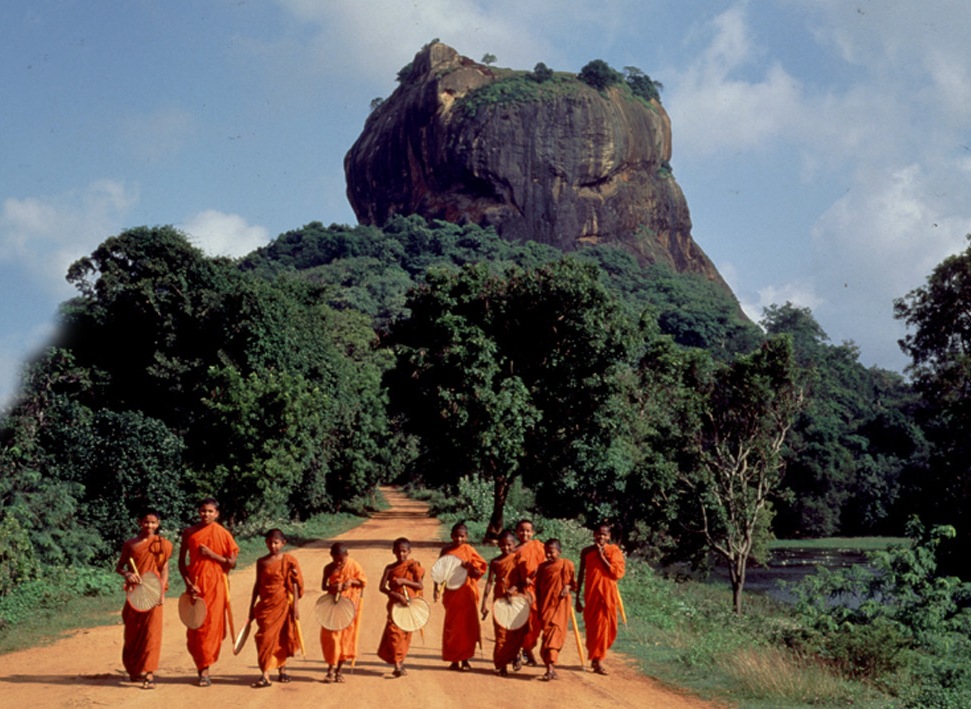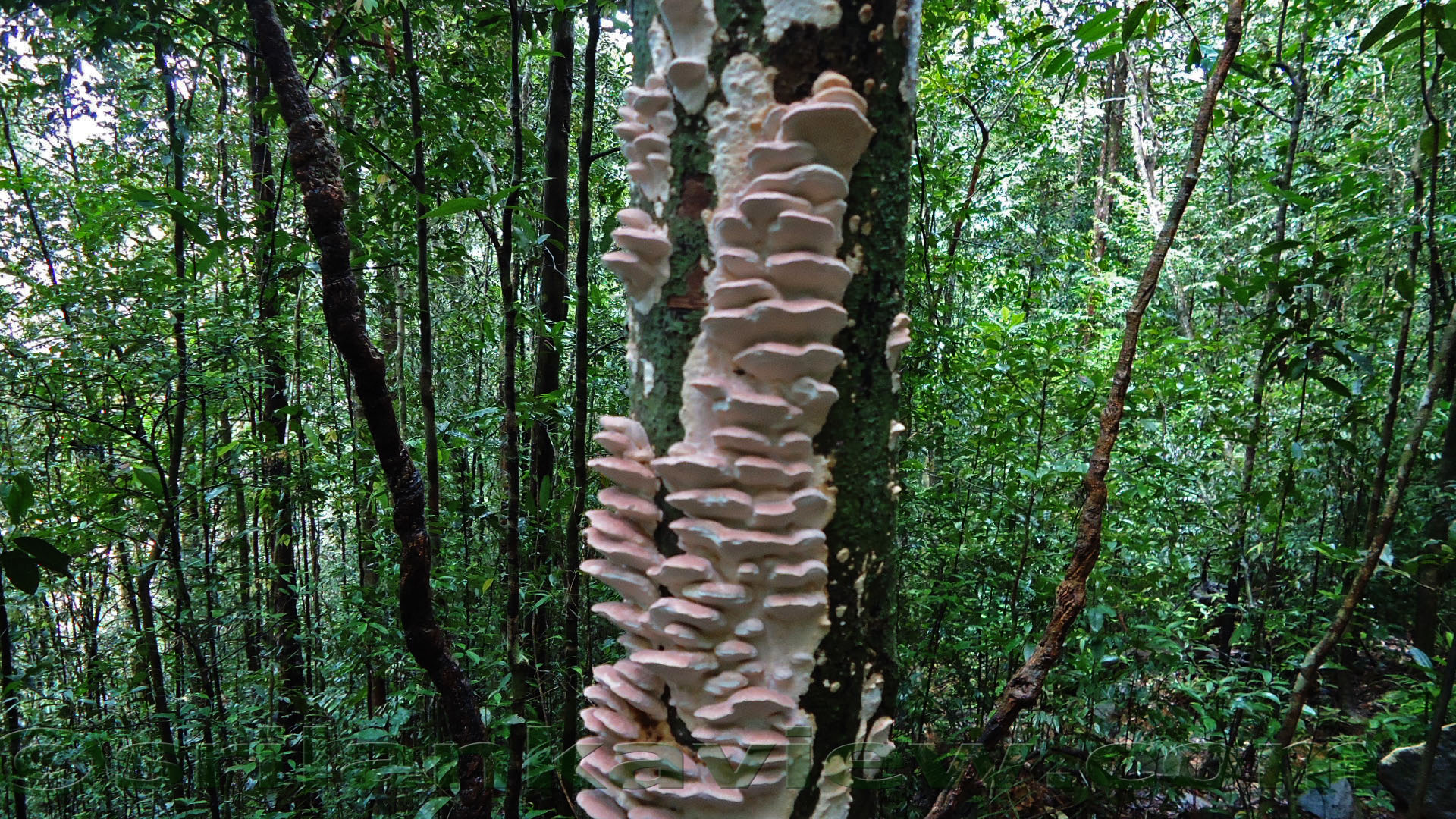
ANURADHAPURA
Anuradhapura, is the first ancient capital of Sri Lanka which lasted for the longest period dominated by Buddhist philospphy, important to locals for religion, history and culture and it is world-famous for its well-preserved ruins of the Great Sri Lankan Civilization which was built upon this city was one of the greatest civilizations of Asia and in the world. The city now a UNESCO heritage site, lies 205 km (127 mi) north of Colombo, in the North Central Province of Sri Lanka
Anuradhapura kingdom was Founded in the 4th century BC and lasted until the beginning of the 11th century CE. During this period it remained one of the most stable and durable centers of political power and urban life in South Asia. It was also a wealthy city which created a unique culture and a great civilization. Today this ancient city of Sri Lanka, which is sacred to the Buddhist world, with its surrounding monasteries covers an area of over sixteen square miles (40 km) and is one of the world's major archaeological sites

Polonnaruwa
Moving from Anuradhapura, Polonnaruwa was the second ancient Kingdom of Sri Lanka was first declared the capital city by King Vijayabahu I, who defeated the Chola invaders in 1070 CE to reunite the country once more under a local leader. While Vijayabahu's victory and shifting of Kingdoms to the more strategic Polonnaruwa is considered significant, however the Hero of Polonnaruwa was his grandson, Parakramabahu I.
With the exception of his immediate successor, Nissankamalla I, all other monarchs of Polonnaruwa were slightly weak-willed and rather prone to picking fights within their own court. They also went on to form more intimiate matrimonial alliances with stronger South Indian Kingdoms, until these matrimonial links superseded the local royal lineage and gave rise to the Kalinga invasion by King Magha in 1214 and the eventual passing of power into the hands of a Pandyan King following the Arya Chakrawarthi invasion of Sri Lanka in 1284. The capital was then shifted to Dambadeniya.
Today the ancient city of Polonnaruwa remains one of the best planned archeological relic sites in the country, standing testimony to the discipline and greatness of the kingdom's first rulers.
.

SIGIRIYA
Sigiriya is one of the most important historical monuments of Sri Lanka.
Referred by locals as the Eighth Wonder of the World and this ancient palace and fortress complex has significant archaeological importance and attracts thousands of tourists every year. It is probably the most visited tourist destination of Sri Lanka.
The palace is located between the towns of Dambulla and Habarane on a massive rocky plateau 370 meters above the sea level.
The fortress complex includes remnants of a ruined palace, surrounded by an extensive network of fortifications, vast gardens, ponds, canals, alleys and fountains.
Since 3rd century BC the rocky plateau of Sigiriya served as a monastery. In the second half of the 5th century king Kasyapa decided to construct a royal residence here.
After his death Sigiriya again became a Buddhist monastery until the 14th century, when it was abandoned.

DAMBULLA CAVE TEMPLE
Dambulla Cave temple (also known as the Golden Temple of Dambulla) is a world heritage site (1991) in Sri Lanka, situated in the central part of the country. This site is situated 148 km (92 mi) east of Colombo and 72 km (45 mi) north of Kandy. It is the largest and best-preserved cave temple complex in Sri Lanka. The rock towers 160 m (525 ft) over the surrounding plains.
Major attractions are spread over 5 caves, which contain statues and paintings. This paintings and statues are related to Lord Buddha and his life. There are total of 153 Buddha statues, 3 statues of Sri Lankan kings and 4 statues of gods and goddesses. The later 4 include two statues of Hindu gods, god Vishnu and god Ganesh. The murals, covers an area of 2,100 square meters. Depictions in the walls of the caves include Buddha's temptation by Mara (demon) and Buddha's first sermon.

KANDY
Kandy is the ancient hill capitol of Sri Lanka most famous for Sri Dalada Maligawa or The Temple of the Sacred Tooth Relic is a temple in the city of Kandy in Sri Lanka. It was built within the royal palace complex which houses the tooth relic of the Buddha, a tooth, which is venerated by Buddhists. The relic has played an important role in the local politics since ancient times, which caused the ancient kings to protect it with great effort. Kandy was the capital of the Sinhalese Kings from 1592 to 1815, fortified by the terrain of the mountains and the difficult approach. The city is a world heritage site declared by UNESCO, in part due to the temple.
Monks of the two chapters of Malwatte and Asgiriya conduct daily ritual worship in the inner chamber of the temple, in an annual rotation. They conduct these services three times a day: at dawn, at noon and in the evening.
The Temple has sustained damage from multiple bombings by terrorists in the past but has been fully restored each time.

HORTEN PLAINS
he Kandy is the ancient hill capitol of Sri Lanka most famous for Sri Dalada Maligawa or The Temple of the Sacred Tooth Relic is a temple in the city of Kandy in Sri Lanka. It was built within the royal palace complex which houses the tooth relic of the Buddha, a tooth, which is venerated by Buddhists. The relic has played an important role in the local politics since ancient times, which caused the ancient kings to protect it with great effort. Kandy was the capital of the Sinhalese Kings from 1592 to 1815, fortified by the terrain of the mountains and the difficult approach. The city is a world heritage site declared by UNESCO, in part due to the temple.
Monks of the two chapters of Malwatte and Asgiriya conduct daily ritual worship in the inner chamber of the temple, in an annual rotation. They conduct these services three times a day: at dawn, at noon and in the evening.
The Temple has sustained damage from multiple bombings by terrorists in the past but has been fully restored each time.

SINGHARAJA RAIN FOREST
Sinharaja Forest Reserve is a national park in Sri Lanka. It is of international significance and has been designated a Biosphere Reserve and World Heritage Site by UNESCO. The hilly virgin rainforest, part of the Sri Lanka lowland rain forests ecoregion, was saved from the worst of commercial logging by its inaccessibility, and was designated a World Biosphere Reserve in 1978 and a World Heritage Site in 1989. The reserve's name translates as Kingdom of the Lion. The reserve is only 21 km (13 mi) from east to west, and a maximum of 7 km (4 mi) from north to south, but it is a treasure trove of endemic species, including trees, insects, amphibians, reptiles, birds and mammals. Because of the dense vegetation, wildlife is not as easily seen as at dry-zone national parks such as Yala. There are no elephants, and the 15 or so leopards are rarely seen. The most common larger mammal is the endemic Purple-faced Langur. .

GALLE
Sinharaja Forest Reserve is a national park in Sri Lanka. It is of international significance and has been designated a Biosphere Reserve and World Heritage Site by UNESCO. The hilly virgin rainforest, part of the Sri Lanka lowland rain forests ecoregion, was saved from the worst of commercial logging by its inaccessibility, and was designated a World Biosphere Reserve in 1978 and a World Heritage Site in 1989. The reserve's name translates as Kingdom of the Lion. The reserve is only 21 km (13 mi) from east to west, and a maximum of 7 km (4 mi) from north to south, but it is a treasure trove of endemic species, including trees, insects, amphibians, reptiles, birds and mammals. Because of the dense vegetation, wildlife is not as easily seen as at dry-zone national parks such as Yala. There are no elephants, and the 15 or so leopards are rarely seen. The most common larger mammal is the endemic Purple-faced Langur. .
